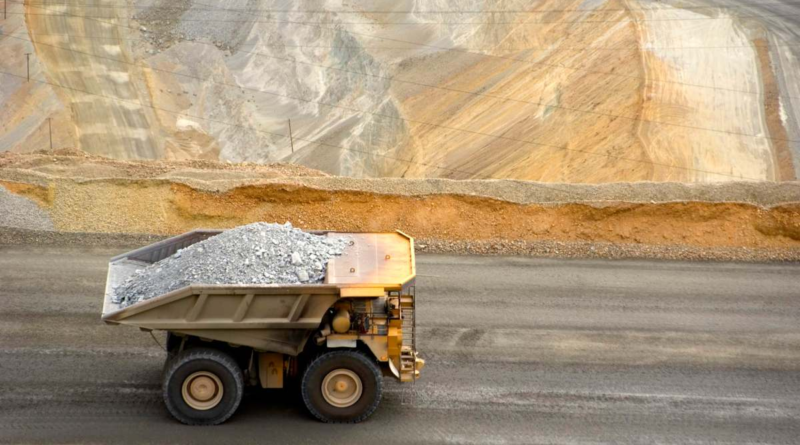SiTration uses silicon wafers to reclaim critical minerals from mining waste
Brendan Smith didn’t intend to be in the critical minerals business. He initially thought his high-tech filters would be good at desalination. But it was hard to beat existing systems, so he and his advisor, MIT professor Jeffrey Grossman, quickly ruled it out. After a few years “where we sort of intentionally meandered,” they found themselves in a very different industry: mining.
Producing critical minerals is not a pretty business. Take copper, for example: The world uses around 25 million tons of copper per year, and more buildings, electronics, and electric vehicles mean that demand is expected to grow 24% over the next decade. Each ton of copper ore recovered leaves behind around 100–150 tons of waste.
That’s a lot of waste, so much so that some mines have run out of room for tailings ponds, which hold the toxic chemicals and byproducts that remain after valuable minerals are removed.
“If you don’t have the land to build more of these ponds, you don’t have a lot of options,” Smith told TechCrunch. What’s more, because these ponds are open to the elements, rain and snow turn what could be a tractable problem into a neverending one.
For many mine operators, dealing with waste is a costly part of the business. But Smith and Grossman’s company, SiTration, has a different proposal: use its equipment to treat the wastewater and harvest more minerals in the process.
“If you can do it for low cost, efficiently — which we can do — you can recoup some of the costs of remediation or even profit a little bit from that operation,” he said.
The key, Smith said, is silicon. SiTration’s filters are built on the same style of wafers that are used to make computer chips and solar panels, though using a cheaper grade of silicon. To turn the wafers into filters, Smith and Grossman tweaked an existing chemical treatment to etch minute pores in them. The resulting material is more durable than existing membranes and, depending on what it’s filtering, should last at least three years, Smith said.
In a finished system, the company stacks a series of wafers atop one another and allows the liquids to flow through. For a larger mining site, the company would use about as much silicon as a medium-size solar farm, Smith said.
Because silicon is a semiconductor, SiTration can send an electric current through the filters to make them even more effective for a range of minerals, including platinum, lithium, cobalt, and nickel.
Although SiTration is starting with mining waste, including a pilot project with Rio Tinto, it’s also pitching its filtration systems to battery recyclers and metal refiners. In the case of metal refining, Smith said that his company’s filters eliminate the need for heat while also reducing chemical use by up to 95%.
SiTration’s basic technology remains the same for each industry it sells to, Smith said. “We can ship out the same box to multiple partners and customers.”
To help build more boxes, the company has raised an $11.8 million seed round led by 2150 with participation from Azolla Ventures, BHP Ventures, E14 Fund, Extantia, and Orion Industrial Ventures.
In the coming years, the company plans to deploy its filtration systems with partners in various industries. Depending on the size of the business using them, Smith said, “that could either constitute a very early demonstration for a very large volume mining partner or a pretty-close-to-commercial demonstration for a platinum group metal refiner.”




